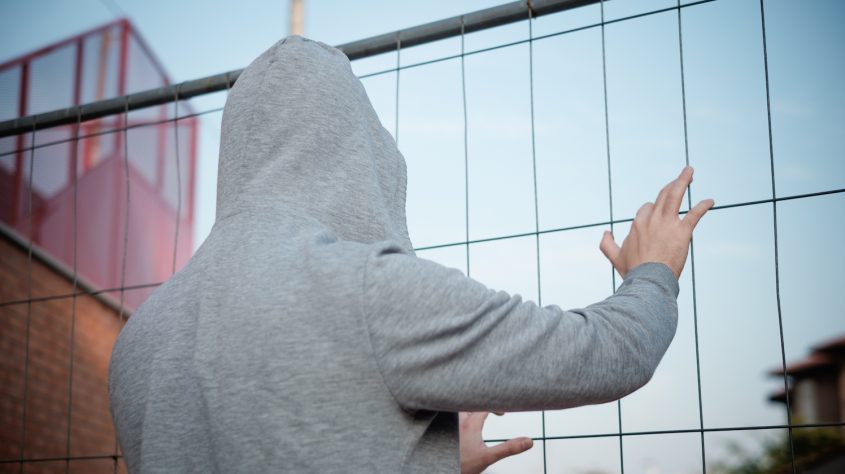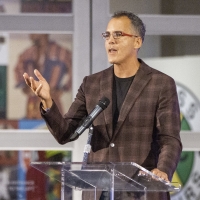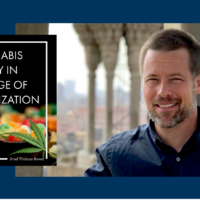Images of Pepper-Sprayed Girl Underscore Urgency of Minimum-Age Laws
Video footage of a 9-year-old girl being handcuffed and pepper-sprayed by police in Rochester, N.Y., has put a spotlight on a key question for policymakers: At what age should a child be shielded from detention, prosecution and incarceration in the criminal justice system? That question is the focus of scholarship by Social Welfare Chair Laura Abrams and Elizabeth Barnert, assistant professor of pediatrics at UCLA’s David Geffen School of Medicine. Their collaborative research at the intersection of child health and juvenile justice has led to data-driven recommendations about the minimum age of criminal responsibility, factoring in brain development, competency and childhood experiences. Abrams and Barnert recently worked with the National Juvenile Justice Network (NJJN) to form a broad coalition of advocates and health professionals working to raise the age at which children can be processed on criminal charges. Internationally, that age is most commonly set at 14; in the United States, more than half of states have no minimum age at all. “Processing and confining children in the juvenile justice system is traumatic and exposes them to damaging collateral consequences,” including disruptions to education, employment, and mental and physical development, argues NJJN, which released a policy platform and other resources on the issue in January. The incident in Rochester, captured on police body cameras and viewed widely, illustrates the urgency of this advocacy, Abrams said. “No child should ever be cuffed or arrested. Period,” she said. “Our work on minimum age laws shows that criminalizing childhood is racist and has adverse outcomes on children’s health.”









Leave a Reply
Want to join the discussion?Feel free to contribute!